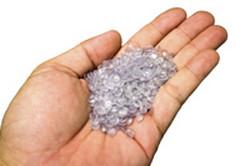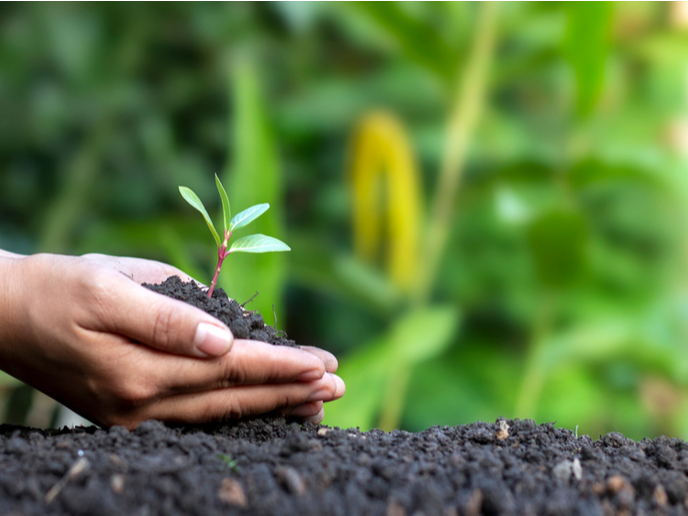Greener polymers
Decreasing natural resources combined with increasing concern about product recyclability and environmental impact have spurred development of biopolymer alternatives that are either bio-based or biodegradable. Although the growth rate for biopolymers in the EU is about 20 % annually, poor mechanical and thermal properties or high cost limit their commercial applicability. EU-funded scientists investigated two different ways of enhancing properties for applications in food packaging and agriculture within the context of the project 'Novel nano-reinforced biodegradable composites: design and characterization' (NANOBIOCOMP). They employed one bio-based, biodegradable polymer (hydroxybutyrate-co-hydroxyvalerate or PHBV) and one petroleum-based biodegradable one (butylene adipate-co-terephthalate or PBAT). The team investigated the effects of modifying them with various types and percentages of natural clay and blending the two in varying ratios. Reinforcement of the biopolymers with three percent of organically modified clays (one, three and five were tested) produced the best property profile. Thermal stability, crystallisation behaviour and dynamic mechanical behaviour were evaluated. Biopolymer composites consisting of 50 % PBAT/50 % PHBV demonstrated superior thermal and mechanical properties. Researchers produced biopolymer composites with half PBAT, half PHBV and reinforced them with three percent of organically modified clays. An antimicrobial agent (propolis) was used as filler and compared to a commercial agent for reference. The materials were characterised for stability in the face of varying temperature, moisture, microbial and weathering conditions. NANOBIOCOMP data could help guide manufacturers in the design and use of novel biopolymers for packaging or agricultural foils with enhanced sustainability. Knowledge-based engineering should significantly improve biopolymer properties, enhancing commercial uptake and thus global impact.
Keywords
Polymers, biopolymer, bio-based, biodegradable, mechanical, thermal, PHBV, PBAT, clay, composites







